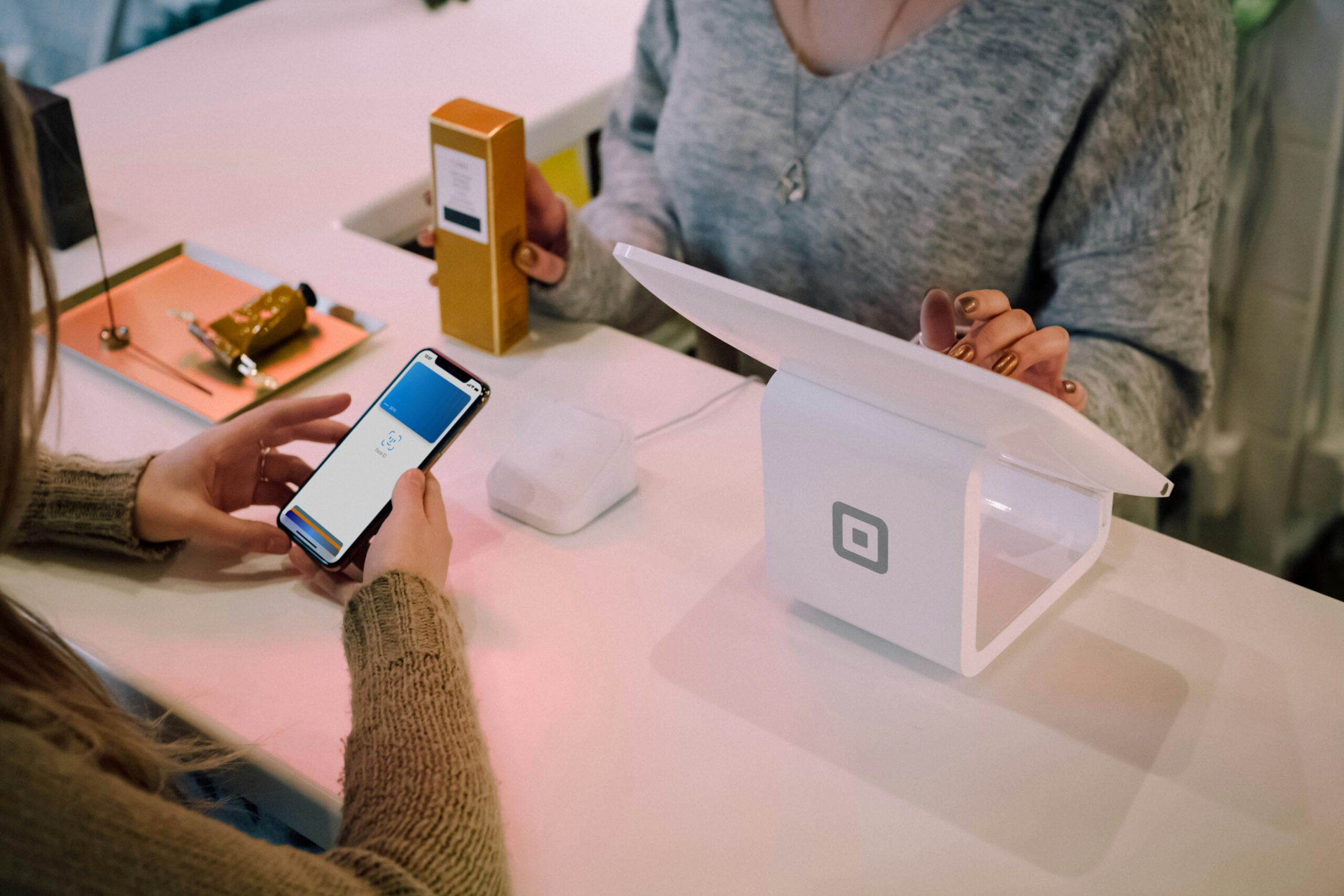
Business Kick-Starter Guides
A Guide to Retail Cashier Training
In any retail setting, a skilled cashier is truly invaluable. They’re the final touchpoint for customers, managing payments, addressing concerns,...
30 Important Retail Statistics for 2025
Marketing

The retail industry is always changing. New technology and how people shop are constantly shifting.
Your business needs to keep up with these changes to make customers happy and stay ahead.
This research will offer a detailed perspective on retail data including statistics such as general retail market, shopper demographics, social media, customer service, etc.
It will help bring pertinent aspects of the sector and the customers to the forefront, providing useful information you can use to enhance your business approaches and encourage store expansion.
With such a significant growth in global retail sales, it’s likely there will be more opportunities for prospective business owners to open stores. This upward trend highlights the expanding market opportunities and reflects changing consumer behaviors in the retail landscape.
Retail not only helps the economy grow but also supports more than one in four American jobs making it an important part of the U.S. workforce and economy.
In 2023, the US had 3,119,178 retail stores, marking a 2.6% increase from 2022. This shows that people are still really into shopping in person.
By the beginning of 2023, about 43% of people in the U.S. liked to shop online, the highest percentage compared to other countries. On the other hand, people in countries like Austria, Finland, and New Zealand preferred going to physical stores.
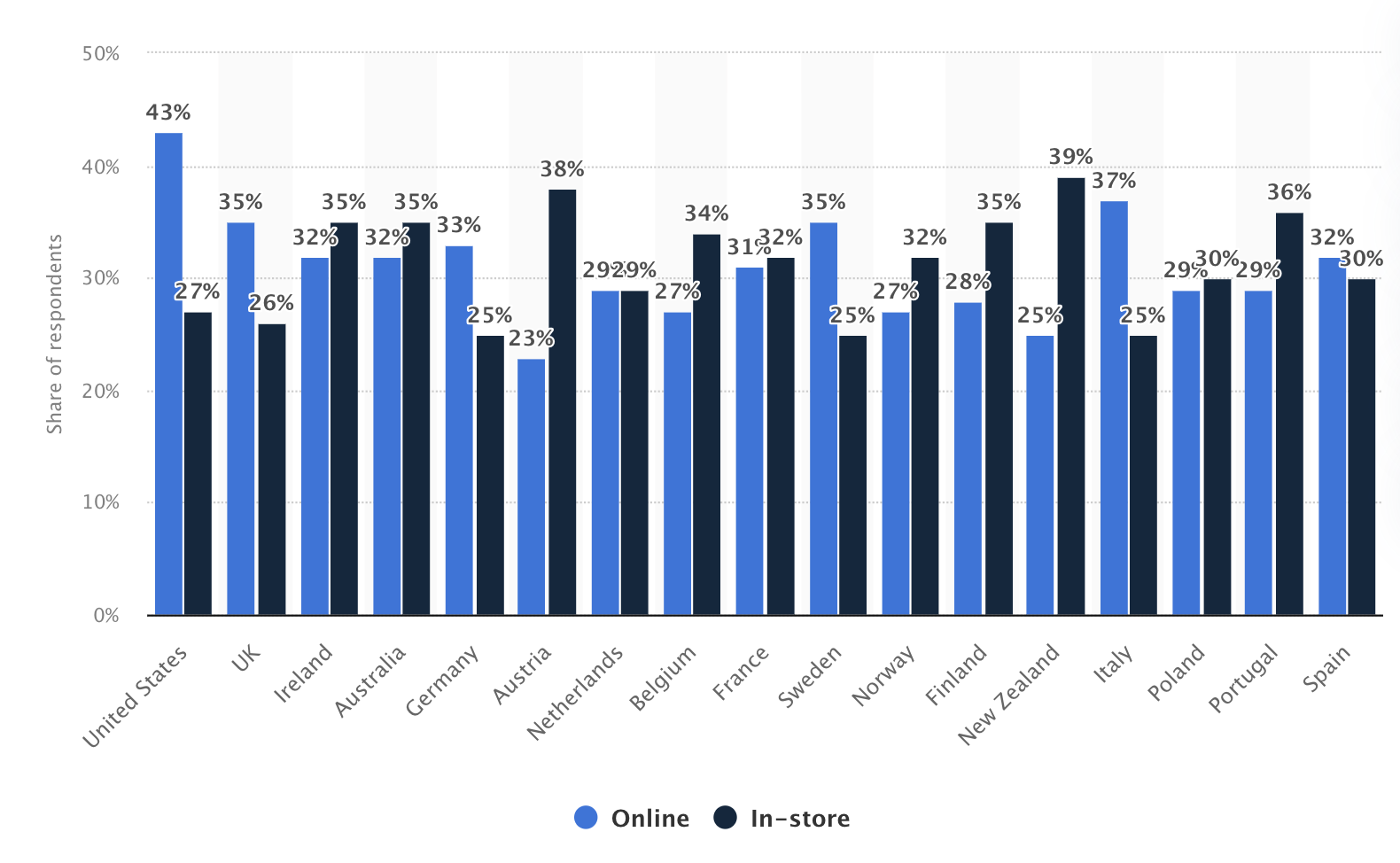
One of the main reasons for this growth is that people are spending more money on clothes. In 2022 the average American spent $162 per month on clothing and related services which adds up to $1.945 per year. This is an 11% increase from the previous year as reported by the Bureau of Labor Statistics.
The market is growing by 1.86% each year and is expected to keep growing until 2029. Women’s clothing is the biggest part of the market. On average each person in the U.S. spends $1.050 on clothes and by 2029 there’ll be 32.7 billion pieces of clothing sold.
A big jump in the market like this clearly shows that there’s a growing demand for luxury fashion. Wealthy customers are on the lookout for quality, exclusivity, and brand prestige. As the market shifts, luxury brands have plenty of chances to take advantage of this growth and meet the evolving tastes of their customers.
The clothing segment really takes the lead in the fashion-buying scene for U.S. shoppers, with shoes not far behind. This shows just how crucial these categories are in retail, and it’s essential for retailers to provide a variety of options in both apparel and footwear to satisfy what consumers are looking for.
Marketing strategies like social media and email marketing continue to bring good results for retail stores. This means that using these strategies can help stores make more money and present an important part of any retail store’s advertising plan.
Personal recommendations have a big effect. When loyal customers talk about your store, it can be a very good way to market your business, especially in the clothing industry.
Pinterest users who frequently use the app to save and share pins are also likely to buy products they see on the platform. To increase sales, you can make boards that focus on your products getting attention from users.
TikTok’s influence on shopping is undeniable, with over 70% making purchases from their feed or stories and 58% turning to the app for shopping inspiration. As the most downloaded app in Q1 2022, it remains a major player in shaping customer trends.
Generation Z really focuses on grocery shopping, making it their top spending area. Right after that comes clothing, showing that while they prioritize essentials, they still care a lot about fashion.
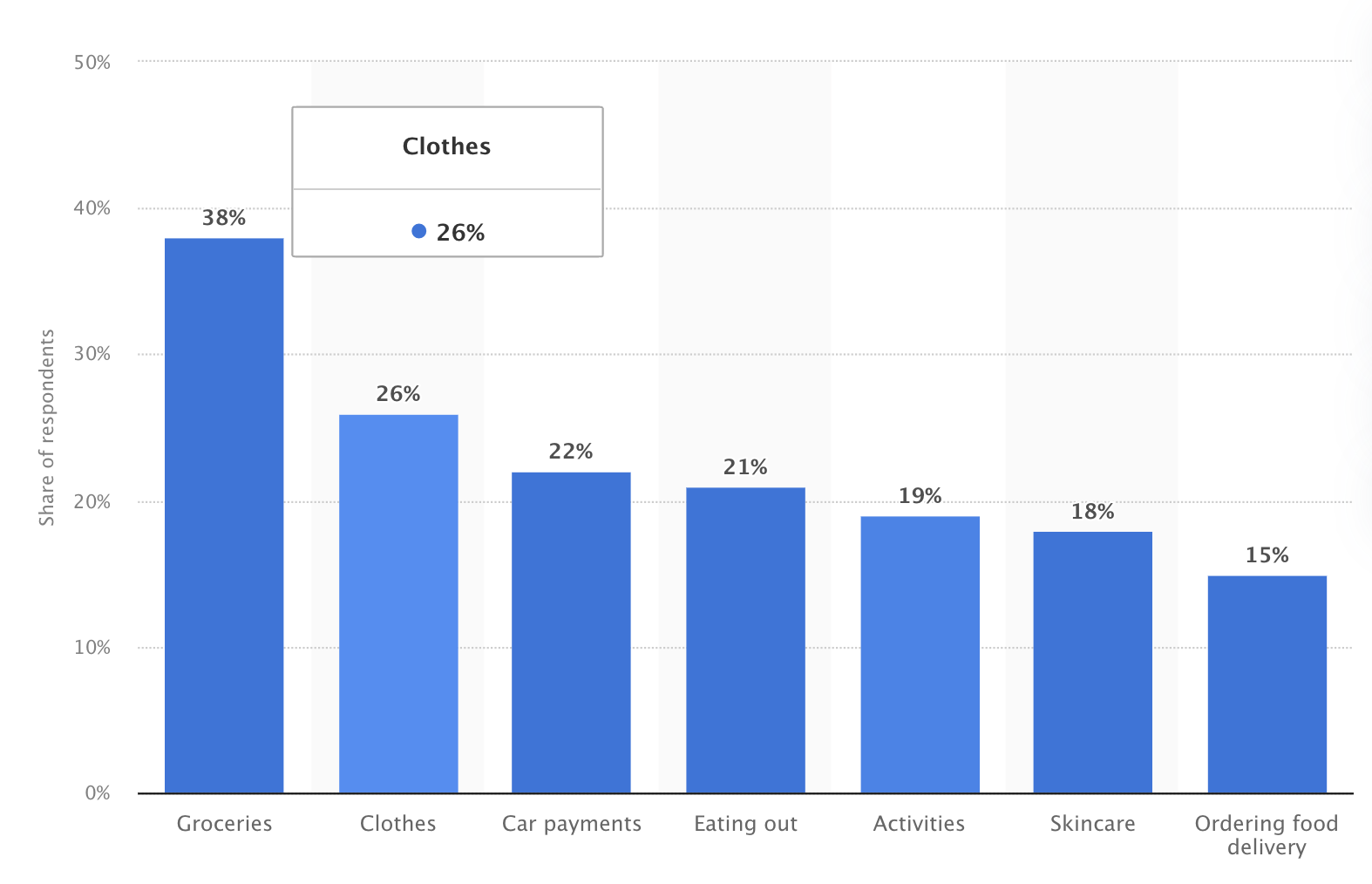
By 2025 it is expected that Gen Z and Millenials will make up almost half of all luxury goods sales, making them the main target group of customers in the luxury market.
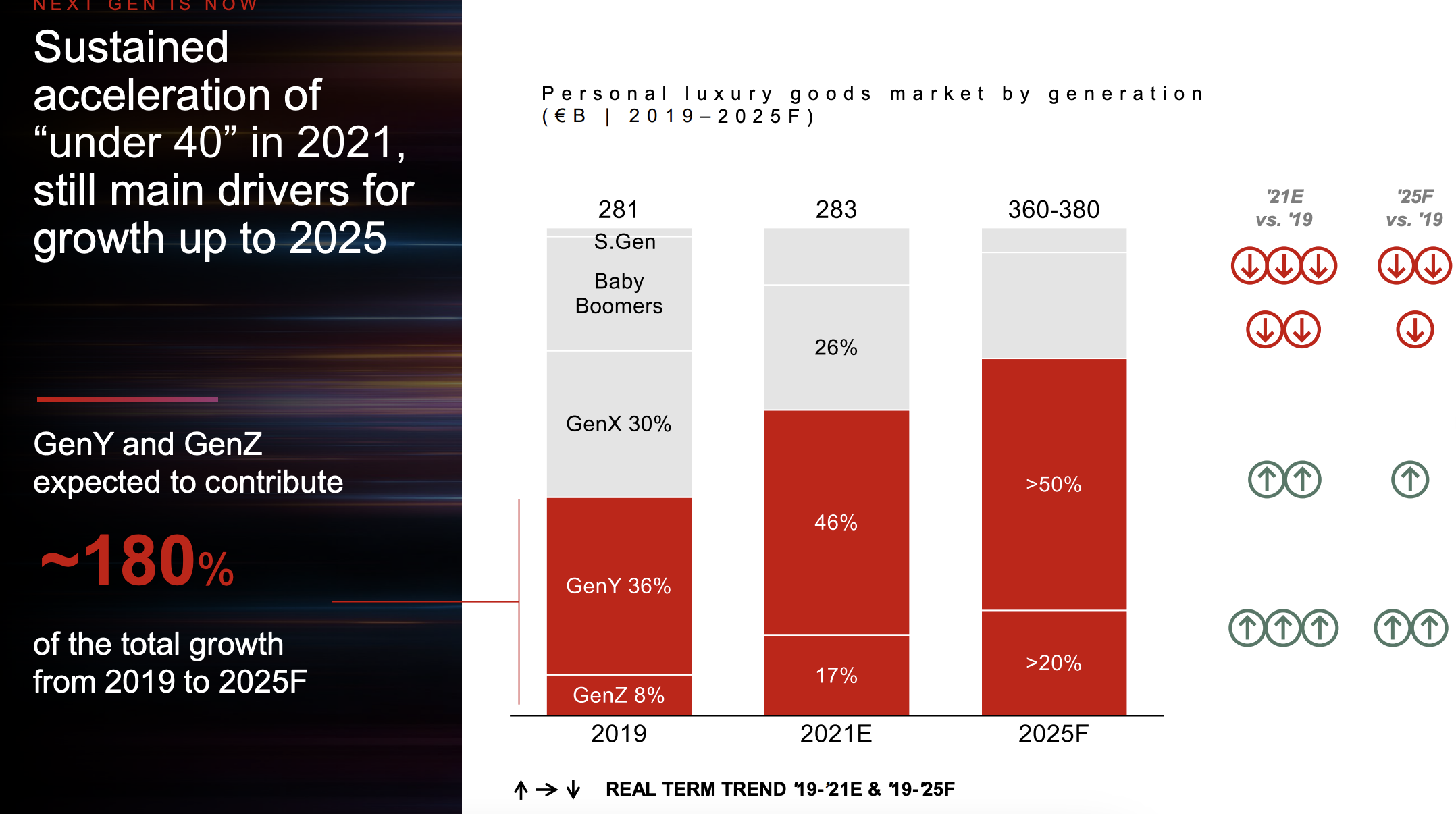
Marketing experts often claim that when customers get a personalized shopping experience they are more likely to shop with the same store again. This means that when stores offer personalized recommendations or special deals just for them, customers are more likely to keep coming back.
More than half of the time customers decide what to buy before they even talk to a business. This shows how important it is for businesses to have good content and strong branding before customers decide what to buy.
Younger consumers, especially those aged 25-34 heavily engage with chatbots on D2C websites, emphasizing the importance of optimizing chatbot services to meet the expectations of this digital-savvy audience.
The artificial intelligence market in retail is expected to grow a lot in the next few years. Experts predict that it’ll increase by an average of 18.6% every year from 2024-2033. This is because more and more people want AI technology to improve customer service, manage inventory, and create personalized shopping experiences among others.
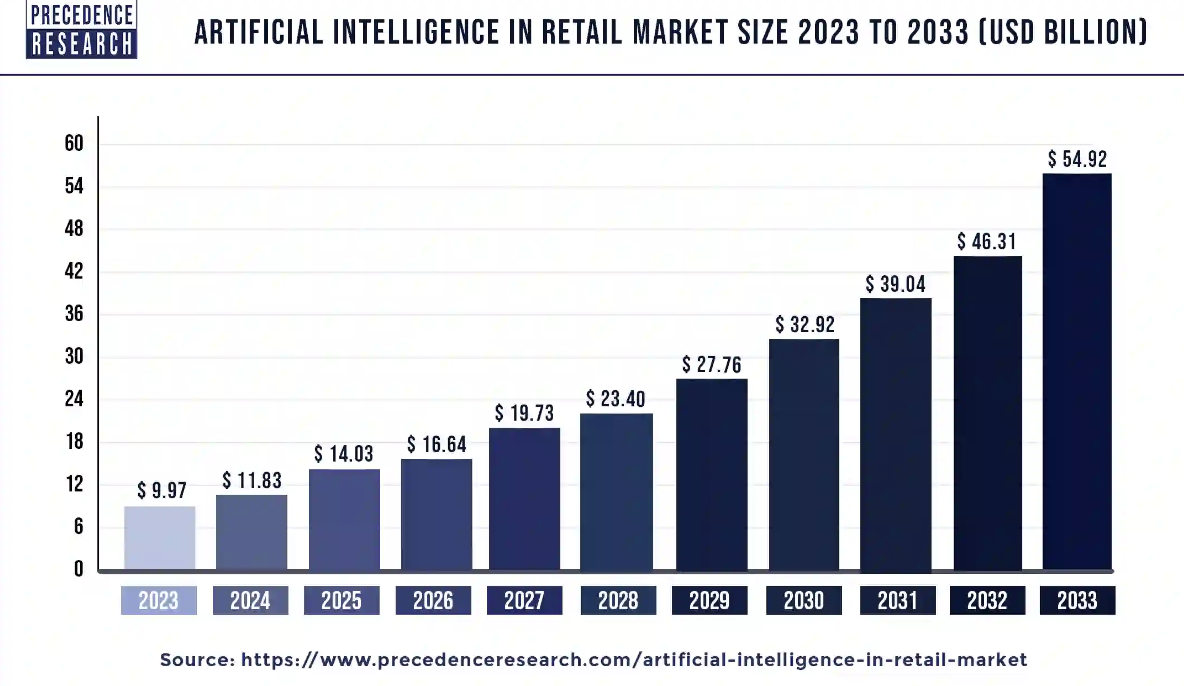
In August 2023 a report from Coresight Research and Obsess found that 71% of U.S. retail leaders have used data and AI to personalize their content. Of those 77% saw their online sales go up by a lot or a little. They also noticed improvements in how many people clicked on their website, how long their customers stayed in their stores, and how likely customers were to recommend their store to others.
The growing importance of augmented reality (AR) in the retail sector shows that it’s time for retail stores to step up their game. This highlights the potential for AR to enhance customer engagement and drive foot traffic, making it a valuable tool for retailers looking to stand out in a competitive market.
Most Americans use online ratings and reviews to decide what to buy. About 40% of people always check reviews before making a purchase. Younger people, like those aged 18-29, rely on reviews even more, with 53% regularly reading them. Many people also watch product review videos and share their experiences on social media.
The fact that 85% of customers are willing to pay more for products with good reviews, shows how important it is for companies to have a good reputation. Reviews can really impact what people choose to buy so it’s crucial for brands to ask happy customers to leave positive feedback. When people are ready to spend more money on products that have good ratings, it proves that businesses should focus more on keeping customers happy and creating a positive image to boost sales and earn the trust of potential buyers.
After Google, Facebook is the second most used platform for business reviews, with 45% of customers relying on it, followed closely by Yelp at 44% and TripAdvisor at 21%, highlighting the significant role these platforms play in shaping customer perceptions.
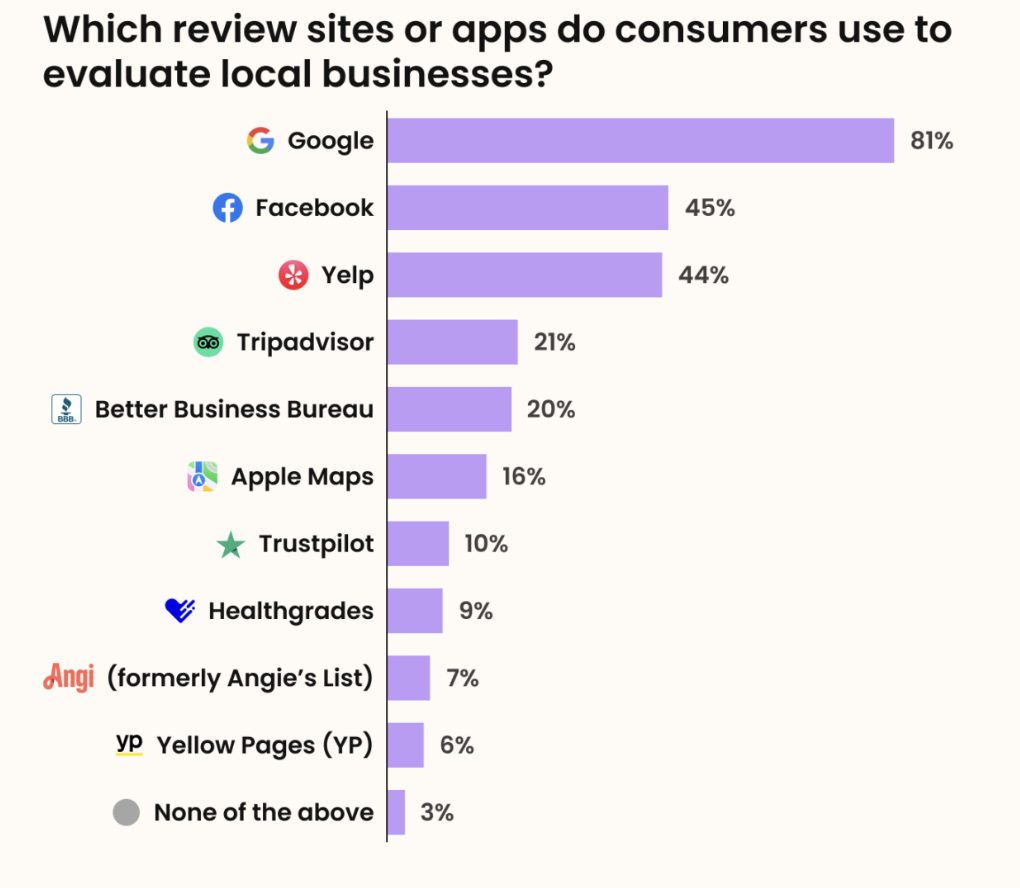
Shoppers who use multiple channels to interact with brands, known as omnichannel shoppers, generally spend a lot more than those who stick to just one channel. They spend 4% more in brick-and-mortar stores and 10% more when shopping online. This underscores the need for retailers to create a smooth and integrated shopping experience across different platforms, as it can boost customer loyalty and drive higher sales.
The market for Omnichannel Retail Commerce Platforms was worth $5.36 billion in 2023, and it is expected to increase to $6.39 billion in 2024 and reach $26.06 by 2032. This growth is driven by the popularity of the combination of online and offline shopping and the availability of click-and-mortar stores. The market is projected to grow at a rate of 19.20% from 2024 to 2032.
Providing different information can make customers upset and not want to buy from a brand anymore. Customers who shop using multiple channels buy 1.7 times more than those who only use one channel, and they also spend more money. This shows that businesses need to make sure their supply chains and customer service work together well to give customers a smooth shopping experience across multiple platforms.
A 2022 survey found that almost half of American shoppers are okay with waiting three days for a brand to reply, but 10% are willing to wait up to two weeks. This shows how important it is for businesses to communicate quickly with customers. Stores should focus on coming up with fast ways to respond to make customers happy and satisfied.
Customer service remains crucial, with the majority of customers willing to keep on purchasing if they get a great service the first time around. In other words, stores should prioritize customer experience as it can drive revenue growth and customer loyalty.
Credit cards were still the most commonly used way to pay for things in the U.S. even after COVID-19, making up to 40% of transactions. Knowing about different ways to pay for things is important because it helps make it easier to buy and sell goods and services. Cash is being used less and less while digital payments, like using your phone to pay, are becoming more popular thanks to improvements in technology.
Almost half of American shoppers think it is very important for stores to have different ways to pay. This shows how vital it is for retailers to accept various payment options to make customers happy and increase sales.
The retail market is expected to grow a lot around the world, especially in the clothing sector.
Businesses need to change their strategies to meet what customers want. They should offer different ways to pay, improve customer service, and make shopping online and in stores seamless.
This will make customers more loyal and increase sales. Keeping up with trends and knowing who is buying specific products, will help businesses make smart choices based on well-researched data.
What is dropshipping?